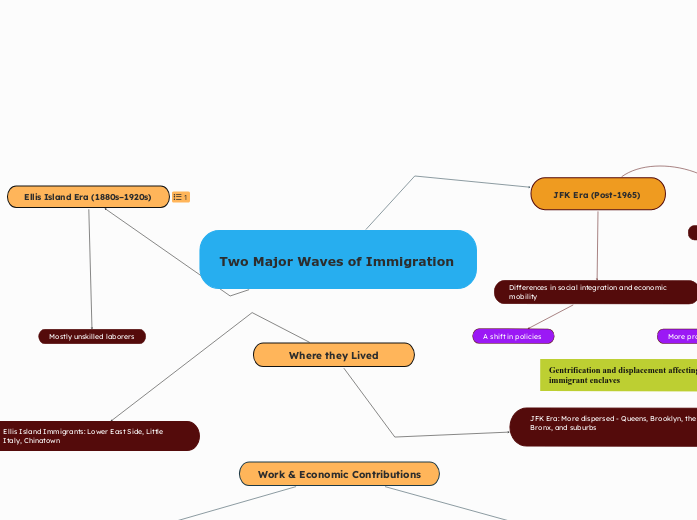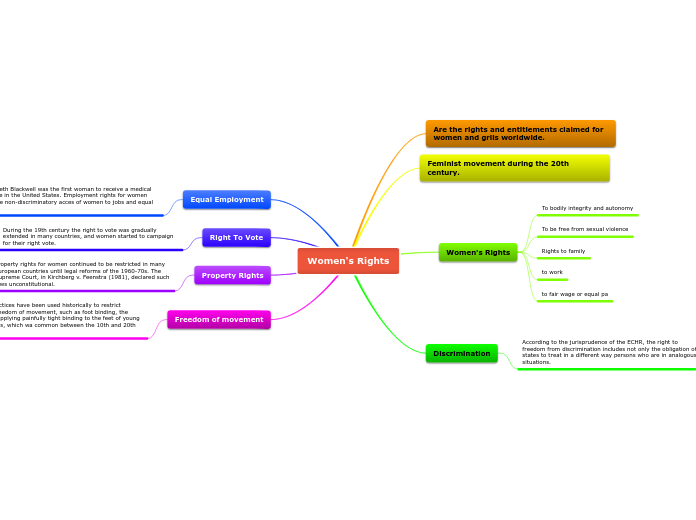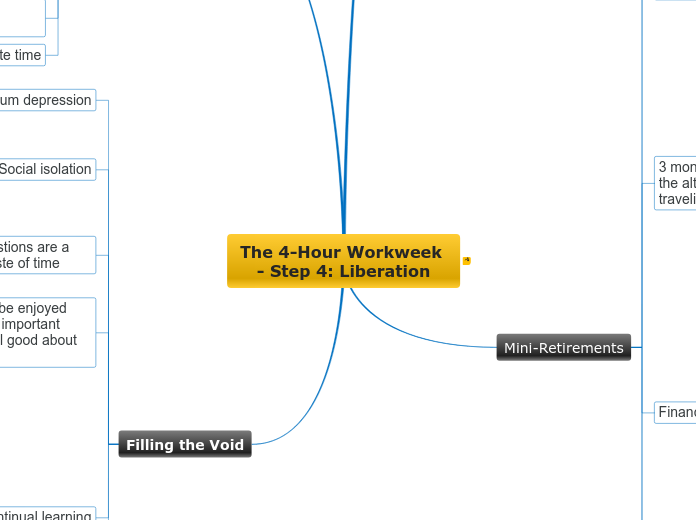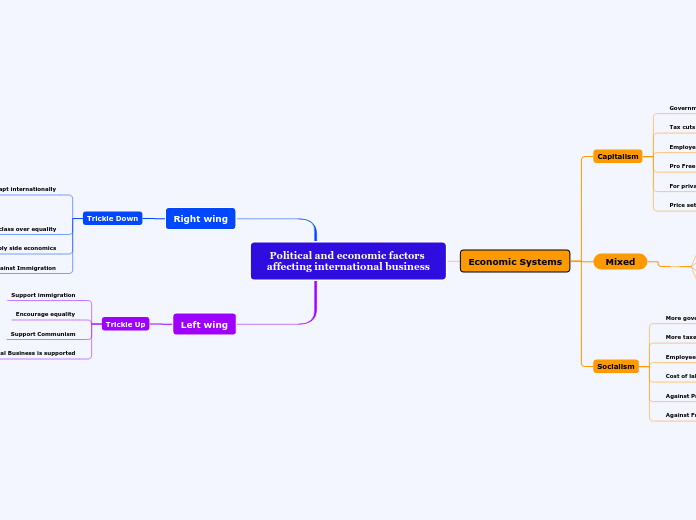作者:Jacqueline Barbour 1 月以前
30
Two Major Waves of Immigration
The experiences of immigrants in the United States have evolved significantly from the Ellis Island era to the post-1965 period. Initially, European immigrants arriving through Ellis Island faced discrimination but were eventually able to assimilate and achieve upward mobility.









